Never before has there been such a perfect storm leading to potentially either a goldmine or a nightmare for accountants. In this post, I will attempt to explain why accountants need to be prepared, how we got here and how you can turn a possible disaster into a goldmine for your firm.
It has been written and talked about ad nauseam – the world has changed. Ever since March 2020 we were told to go home: it’ll only be a few weeks and then we can all go back to normal. As weeks turned into months and the months into years and the situation spiralled out of control, many of us struggled with what to do with all this extra time we had on our hands. We were no longer distracted by social activities, ferrying kids around to various sports or being forced to go on holidays.
It was finally here. This was our chance. We were home when not eyeing people off suspiciously at the supermarket, or trying to hold in a cough at the chemist (just a dry throat, I swear). And then the storm hit. The formula looked something like this:
Increased time at home + technology at our fingertips + low brokerage fees = we could all be the Wolf of Wall Street.
Finally living the dream. Sitting around in pyjamas, a bowl of corn chips resting on our enlarged bellies, phone in one hand while keeping an eye on whatever it was Netflix told me everyone else was watching so why aren’t you. And within the phone the power to trade across time zones, across markets, derivatives, options, CFDs, crypto… Endless opportunities to make your millions, or quietly realise a loss that would never be spoken about.
This scenario may sound familiar or chances are you know someone that went down this path. Some people were just passing the time with a flutter, others legitimately trying to build wealth. Either way, we know that a lot of Australians did this.
According to SelfWealth’s (a flat fee retail share trading platform) Annual Report, active traders on their books increased by 105% during FY21 and the total number of trades increased by 147% for the same period¹. The reduced costs associated with working from home and lack of alternatives meant people had a surplus of cash and now that cash became seed capital for their own private hedge fund.
While the popularity of ETFs is growing, only 15% of investors choose this investment type compared to 58% of investors directly holding Australian shares (ASX, 2020)². A key area to watch is the number of investors dipping their toes (and sometimes up to their neck) in the ever-expanding galaxy of cryptocurrencies. According to the AFR, 1 in 5 Australians is likely to buy cryptocurrency in the next 12 months³.
We are now seeing investors using multiple brokers and exchanges to take advantage of sign up offers and referral programs. This may make sense for the investor looking to capture the highest return possible, but it does mean that they may end up with poor records and difficulty in tracking their investments.
Throw into the mix buybacks, stock splits, DRPs, demergers as well as the even more complex world of crypto yield farming and come tax time there will be either underreporting (non-compliance) or a heap of work for someone to reconcile the data and make sense of all the transactions.
While excel has been one of the greatest fintech solutions since Lotus 1-2-3, it does have limitations. Excel formulas can be error-prone, time must be invested for compliance changes and reconciliation back to any data source is limited or non-existent.
Luckily for today’s accountants there exists a whole new world of automation: an ecosystem of data feeds, AI and automated processing that will drastically reduce the amount of time required to keep track of CGT records, produce financials and arrive at a reliable tax optimised position.
The perfect storm has enabled trading and wealth creation for a whole new generation and now this generation needs your help to make sure they do not give it all back with poor tax planning and compliance issues.
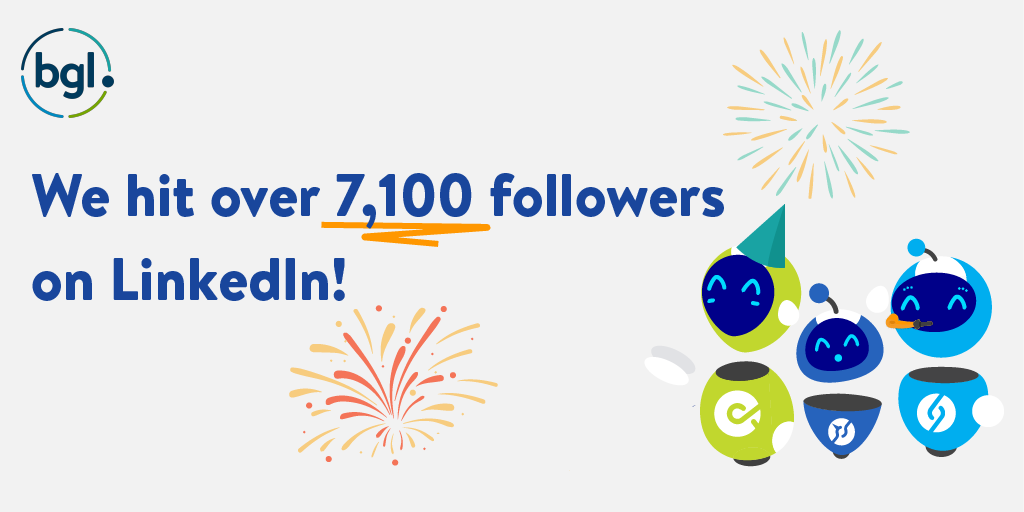





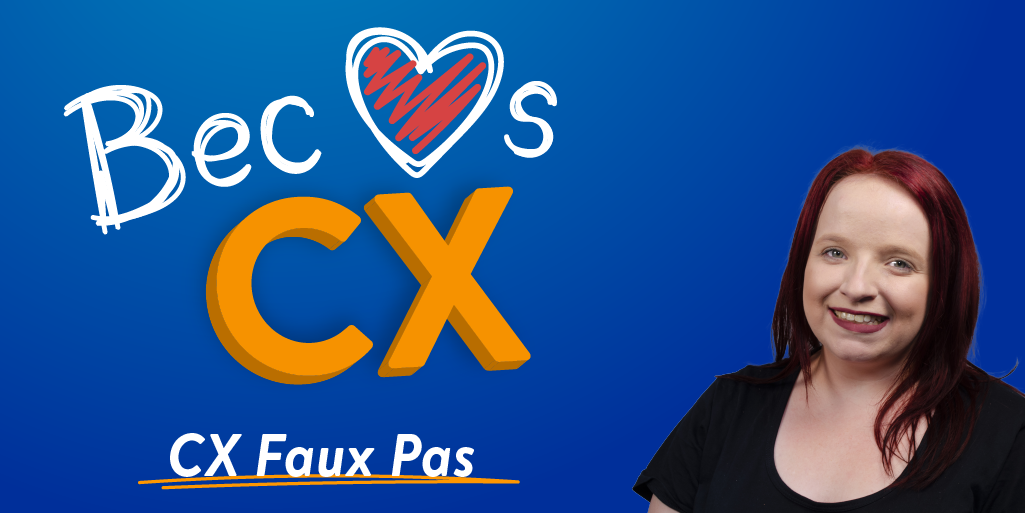
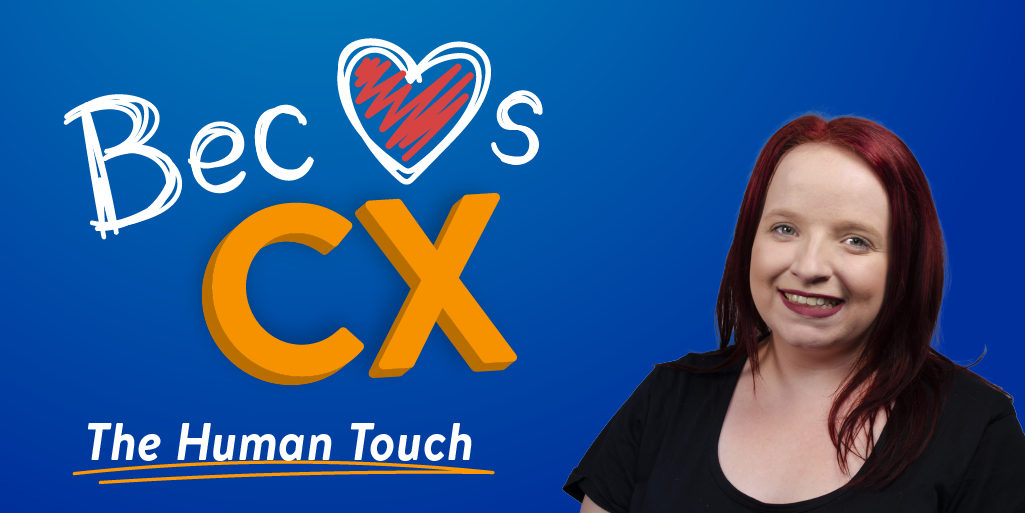
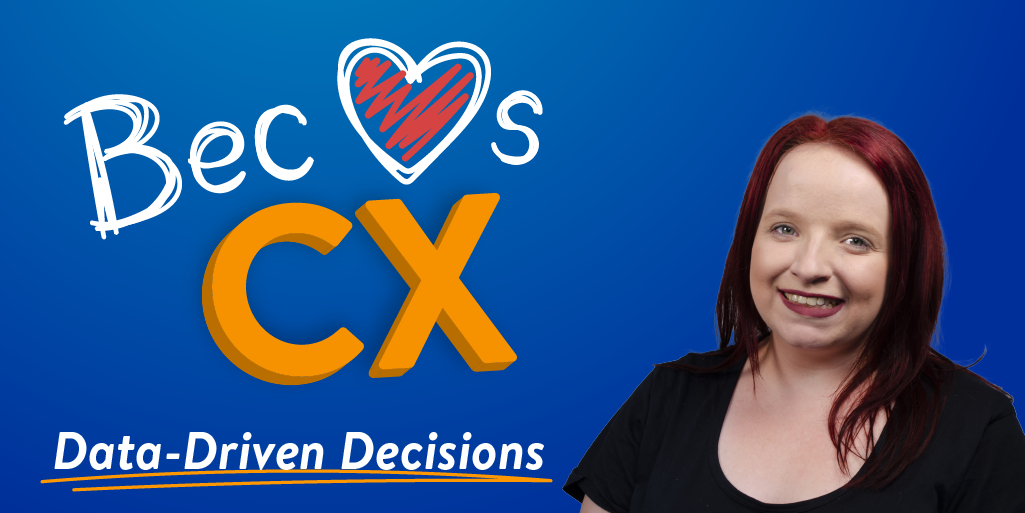
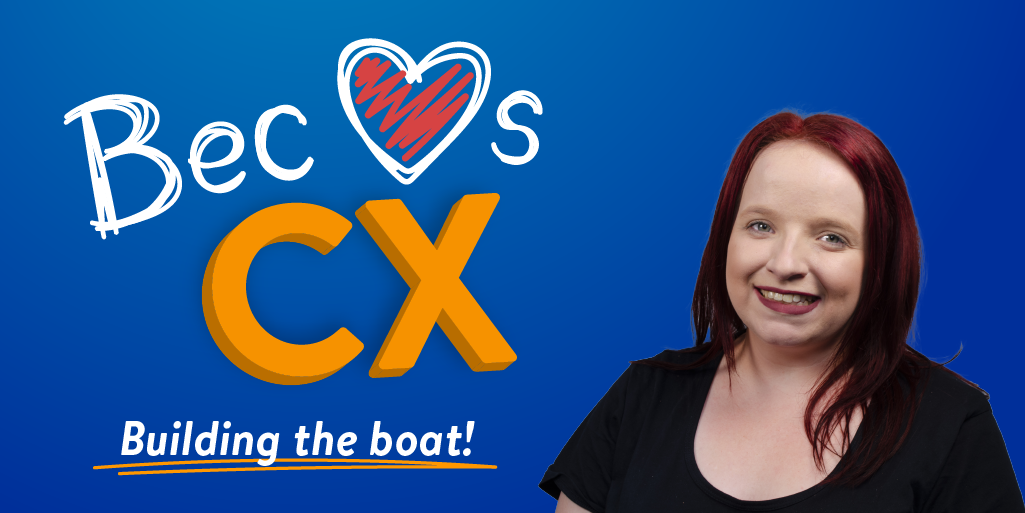

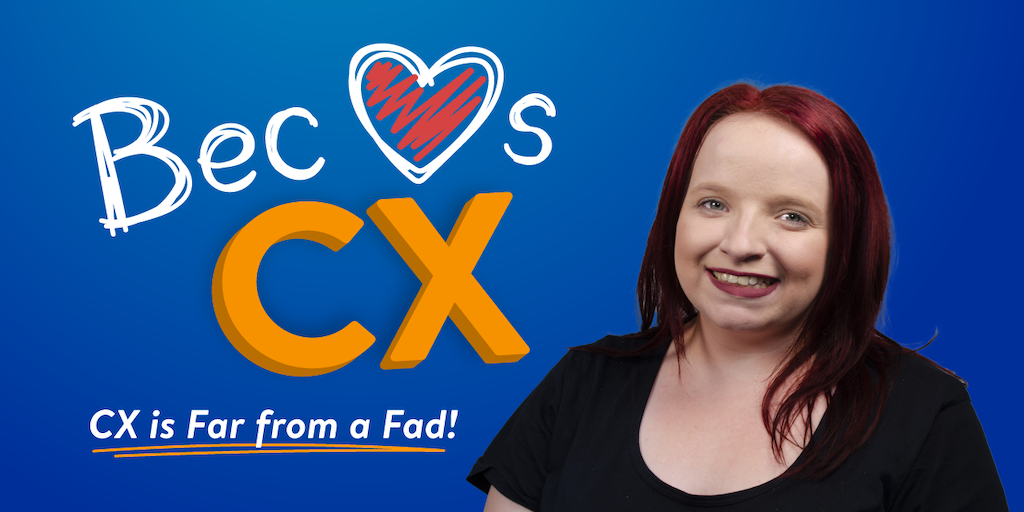

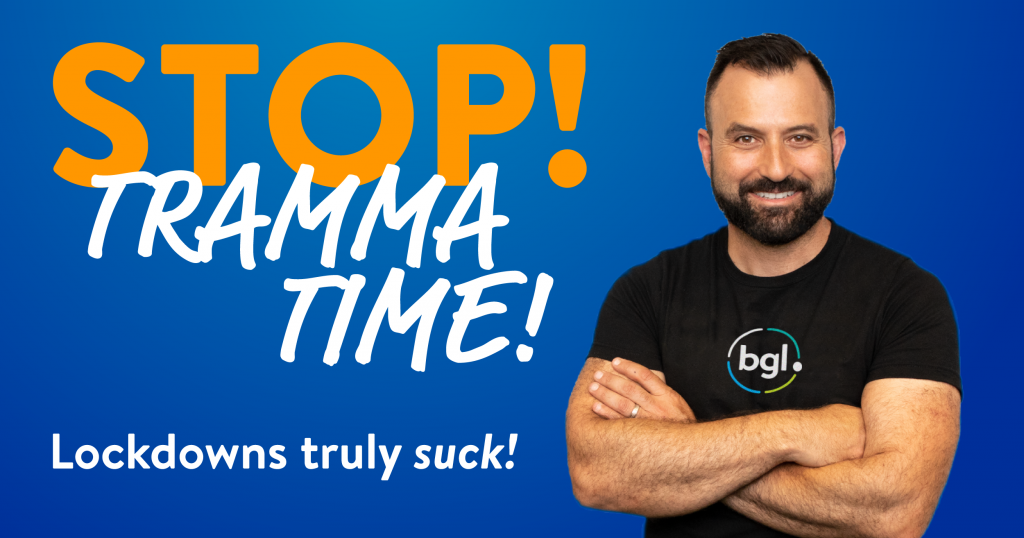
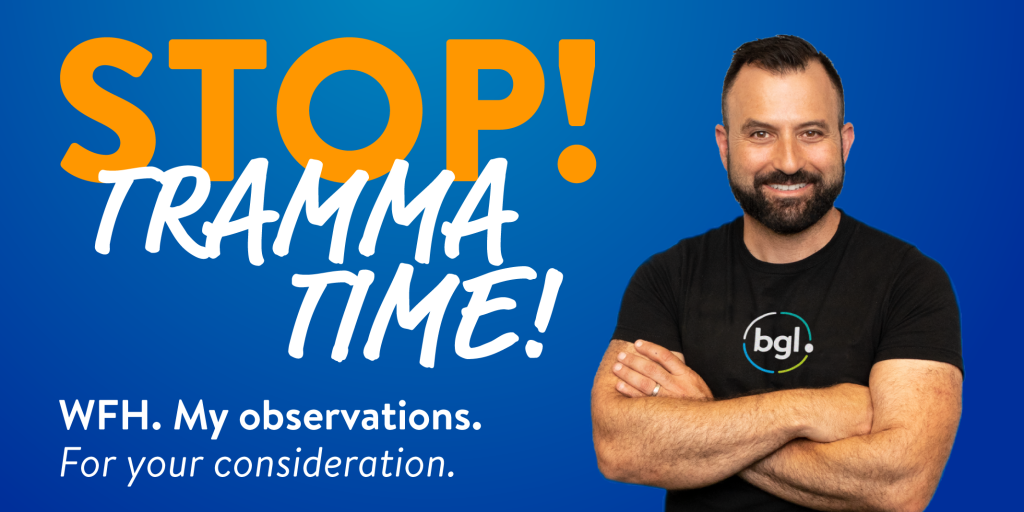

Recent Comments